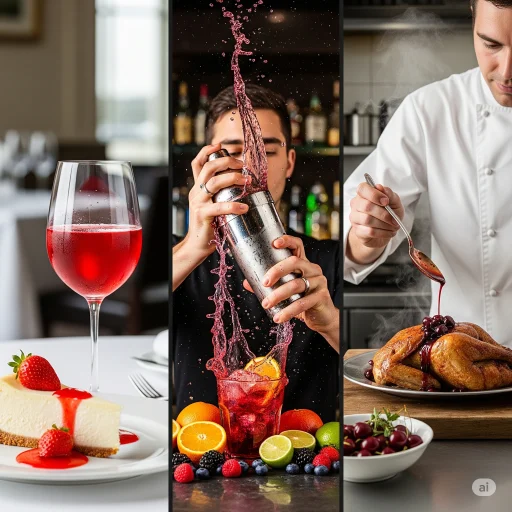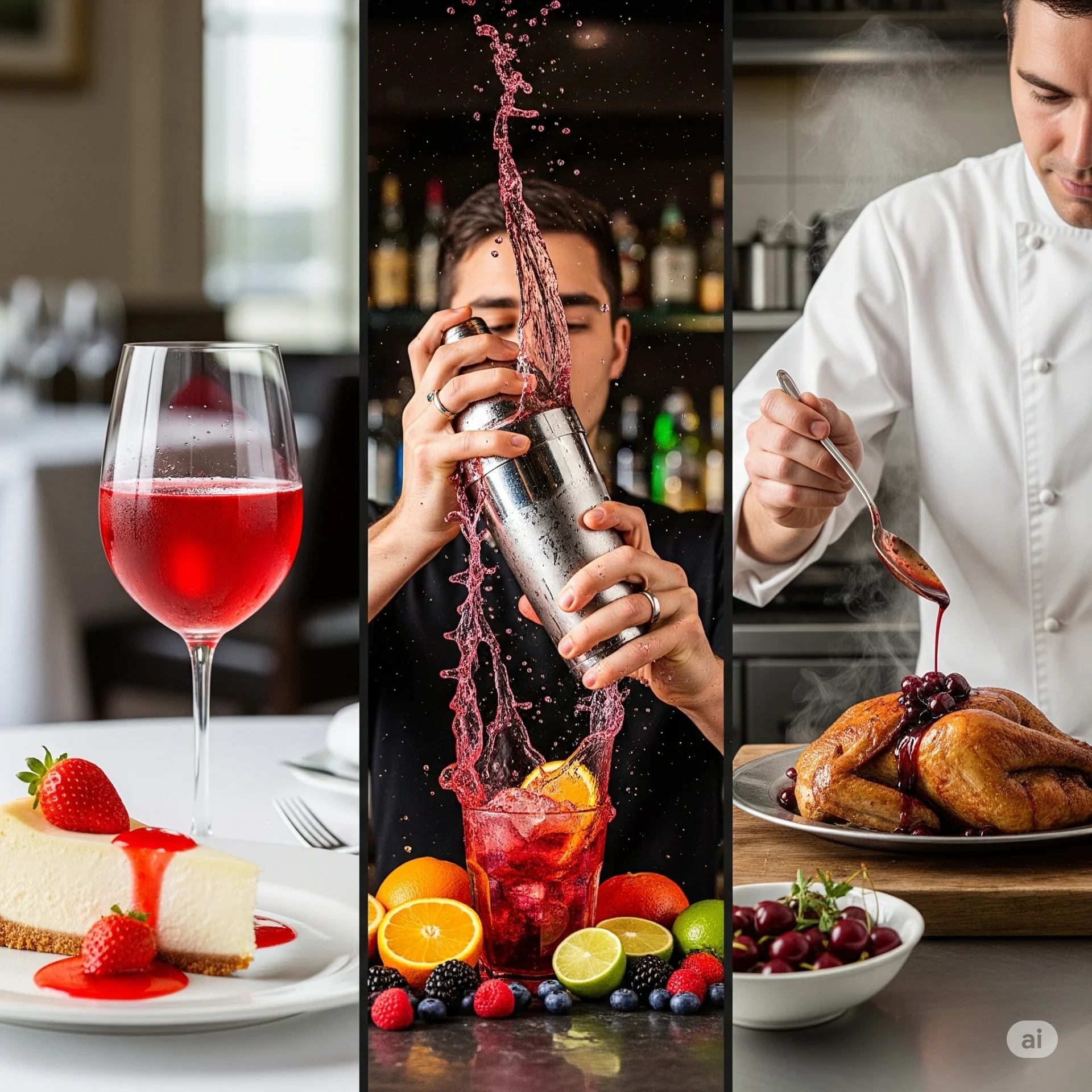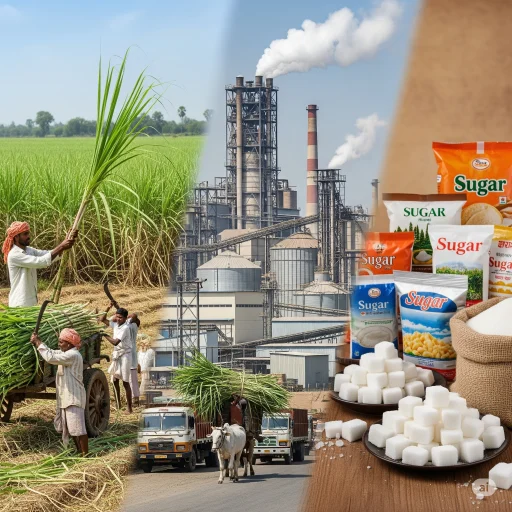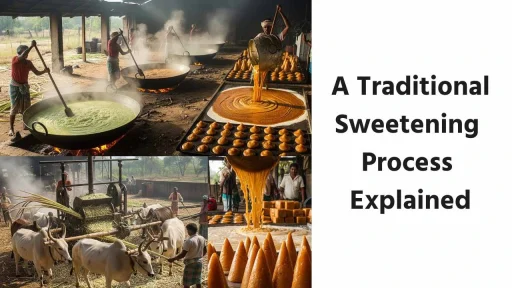Fruit wine is made from fermenting other fruits than grapes. Fruit wines have been made for centuries using local fruit and traditional methods. The process today combines traditional knowledge and modern technology. The final taste, aroma and quality are affected by every step, from the selection of fruit to the bottling. Fruit wine is different from grape wine because it can have the taste of exotic fruits such as dragon fruit, mangoes or apples. It offers a wide variety of flavors for those who love them.
Understanding Fruit Wine
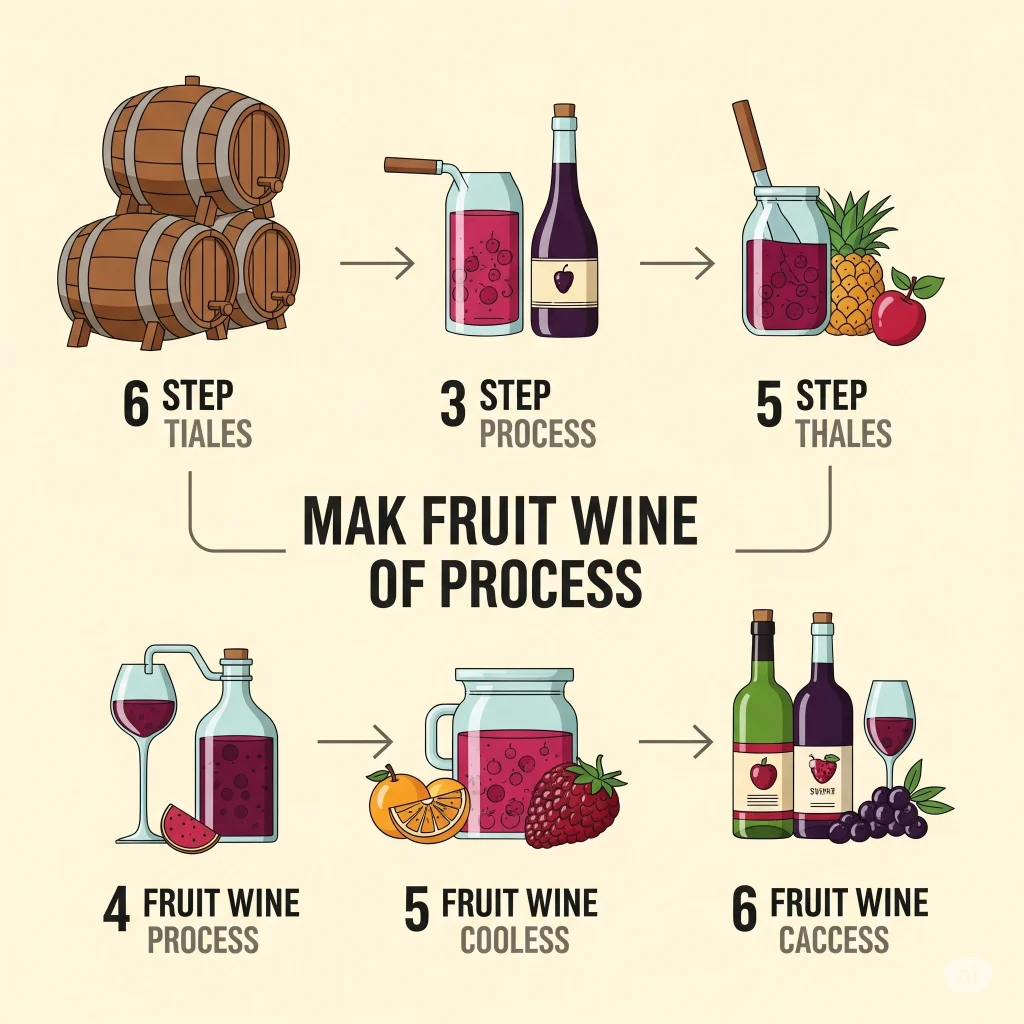
It is a fermented alcoholic beverage. The yeast turns natural sugars from fruit into alcohol. Winemakers add sugar because many fruits are lower in sugar than grapes. It is also important to balance the acidity, sweetness and aroma of the fruit.
Want To Know About Which Business Idea Would Be Better For You?
Go Through Our Startup Selector Tool
Fruit Wine Characteristics
| Features | Description |
|---|---|
| Base Ingredient | Fresh Fruits Other Than Grapes |
| Alcohol Content | The average is 7%-15% |
| Flavor Profile | Sweet, semi-sweet or dry depending on the fermentation |
| Color | Variations based on the fruit – golden (pineapple), red (cherry), or pink (strawberry). |
| Shelf Life | Storage and type can affect the shelf life by 1-3 years. |
Fruits used for wine making
Wine’s taste, color, and aroma depends on the fruit used. Some fruits have a natural sweetness, while others require adjustments.
Popular Fruits for Wine
- Apple Wine Crisp and refreshing. Similar to cider, but with a bit more body.
- Mango Wine– Sweet, tropical taste; goes well with desserts.
- Pineapple Wine– Perfect for hot climates, it is zesty and tangy.
- Strawberry Wine– Sweet, aromatic, and perfect for romantic occasions.
- Cherry Wine Rich, red color with a deep, tart flavor.
- Blueberry Wine Full-bodied and packed with antioxidants.
- Plum Wine Smooth, slightly tart and often enjoyed by Asian cultures.
- Banana Wine– Creamy texture and unique taste. Usually served chilled.
Read More: Orange Juice Manufacturing
Fruit Wine Making Process: Step by Step
Wine-making involves a number of steps. To ensure quality, perform each step with care.
Step 1: How to Prepare Fruits
Winemakers select fully ripe fruits that are fresh and free of dirt. Unripe fruit lacks sugar and aroma, and can produce off flavors. Definitely wash and peel the fruit if necessary, and then cut to remove any seeds or stones. Crushing releases pulp and juice.
Step 2 – Adjusting Acidity and Sugar
Grapes have less sugar, that’s why fruit wine requires sugar. Manufacturer also adjust the acidity to balance. This ensures the wine doesn’t taste too flat or sharp.
Step 3: Add Yeast
To start the fermentation, a special wine yeast is necessary. The yeast consumes sugar, releasing alcohol and carbon dioxide.
Step 4 – Primary Fermentation
This stage is 5-14 days long at a controlled temp. The pulp and juice of the fruit are placed in an airtight container to let gases escape, but not air.
Step 5 – Secondary Fermentation
This liquid is then transferred to another container. This can take weeks or even months to develop the wine.
Step 6: Clarification
The winemaker removes any solids or cloudiness. You can do this by settling the wine or filtering it.
Step 7: Aging
To enhance the taste and aroma, wine is aged either in stainless steel or oak barrels. The aging process can take anywhere from a few weeks to a full year depending on the type of wine.
Step 8: Bottling
The wine is then bottled and sealed once it has reached the desired taste. Labeling is important to let buyers know what type of wine it is, how much alcohol it contains, and the date.
Read Our Book: Click Here
Fruit Wine Quality: Factors that affect it
| Factor | Impact |
|---|---|
| Fruit Quality | Freshness and ripeness have a direct impact on flavor. |
| Sugar Levels | Sweetness and alcohol content are determined. |
| Acidity Balance | Freshens up the taste and prevents flatness. |
| Fermentation Time | Shorter time gives fresh taste; longer time gives deeper flavors. |
| Aging Method | Oak barrels give woody notes; steel tanks keep fruitiness. |
Various Types
- Sweet Wine– It contains more sugar and comes with desserts.
- Dry Fruit wine– All sugar is converted into alcohol; crisp flavor.
- Sparkling Fruit Wine– Carbonated to create a bubbly taste.
- Fortified Fruit wine – Additional alcohol is added to increase the strength.
Read More: Phenol Formaldehyde Resin – A Complete, Easy, In-Depth Guide
Fruit Wine‘s Uses and Benefits
It has many uses besides drinking.
- As a dessert pairing
- Cocktails
- Sauces and marinades are great for cooking.
- As a base to vinegar
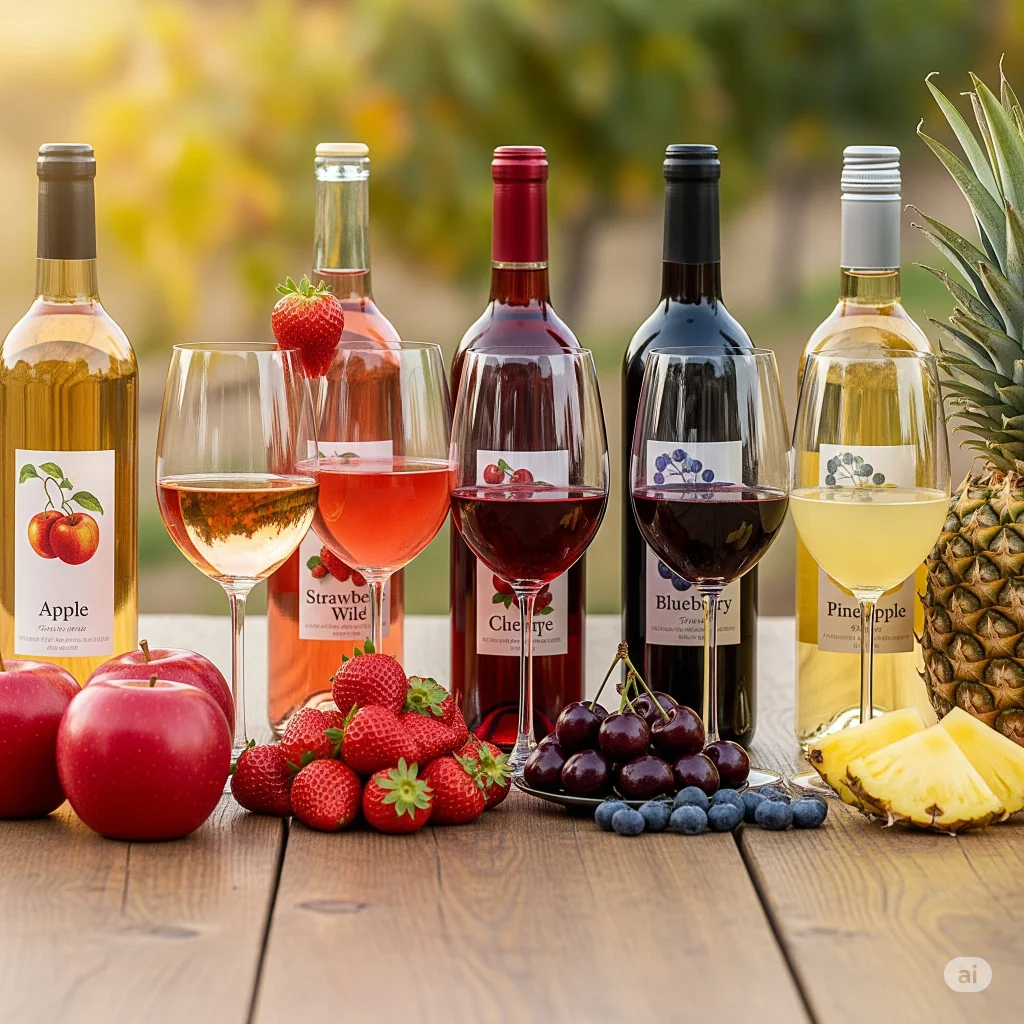
Fruit Wine Key Benefits
- Rich In Antioxidants– Especially Berries Wines that Fight Free Radicals.
- Supports Local Farmers Uses seasonal fruit from nearby farms
- Flavor Variety – Offers tastes that you will never find in grape wine
- Lower Alcohol Options – Can be made lighter to allow casual drinking
Read Our Project On Alcoholic and Non-Alcoholic Beverages
Challenges in Fruit Wine Production
- Short Seasons– Limited availability may increase costs.
- Preserving Fresh Fruits– If you don’t process them quickly, they will spoil.
- Market Competition– Grape wines continue to dominate the market.
- Storage Sensitivity– Some fruit wine are more sensitive to changes in temperature.
Final Thoughts
Fruit wine is a flavorful, refreshing drink made from a variety of fruits, each offering its own unique taste and aroma. It’s versatile, pairs well with many foods, and often feels lighter than grape wine. Beyond being a drink, it reflects creativity, tradition, and the natural beauty of fresh fruits. Every glass tells the story of its fruit, making it both enjoyable and memorable.
FAQS – Fruit Wine
Q1 – Can I make my own fruit wine?
You can make your own fruit wine with the right equipment, fresh fruits, sugar, yeast and patience. But hygiene and proper fermentation are important.
Q2 – How long can fruit wine be stored?
Fruit wine that is properly stored will last between 1-3 years. However, some varieties taste best when enjoyed fresh.
Q3 – Which fruit produces the strongest wine?
Fruits like banana and mango with more natural sugar can produce stronger wines.
Q4 – Is grape wine healthier than fruit wine?
Both contain antioxidants but fruit wines may have different vitamins depending on what fruit is used.

